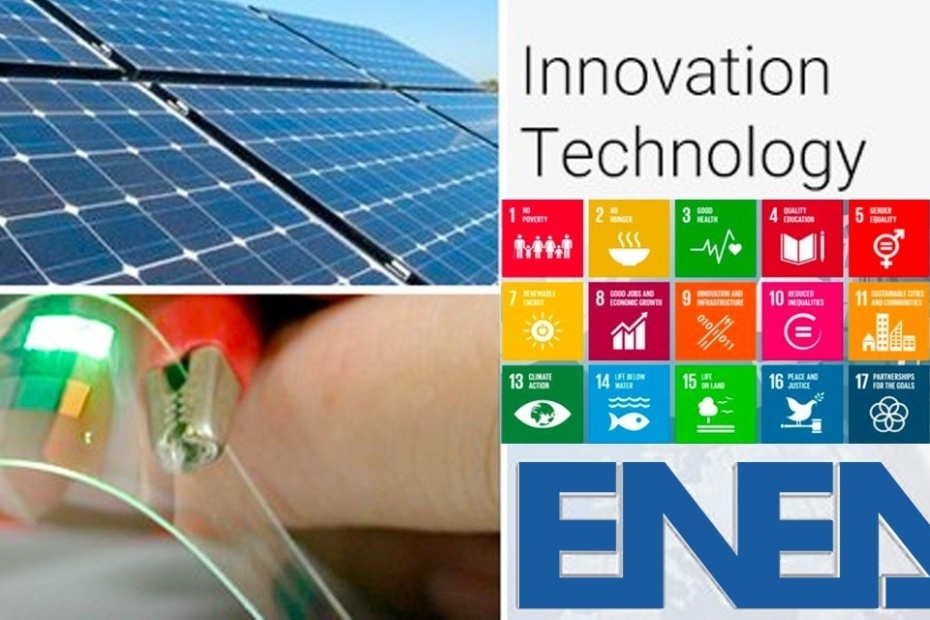The PHOTORAMA consortium comprises a diverse team of organizations, each contributing unique expertise to the project. In this spotlight, we sit down with Massimo Izzi from ENEA to delve into the organization’s role in PHOTORAMA.
Hello, Massimo! Thank you for taking the time to chat with us today. Could you please introduce your organization, your team, and elaborate on its role in PHOTORAMA?
ENEA is the Italian National Agency for New Technologies, Energy and Sustainable Economic Development, a public body aimed at research, technological innovation and the provision of advanced services to enterprises, public administration and citizens in the sectors of energy, the environment and sustainable economic development. Our team specialises in the development of photovoltaic energy, from research level to systems application; moreover, it develops, implements, and promotes the eco-innovation of production, contributing to the definition and implementation of the country’s strategies and policies in the general framework of the transition towards more sustainable energy models. ENEA, within PHOTORAMA, is responsible for the dissemination of the results of the project and, from a more technical point of view, is in charge of the development of a new eco-design module to sustain its recyclability based on circular economy principles.
What are you currently working on? What is happening now?
Currently, we are gearing up for various events, including thematic workshops and conference participation to showcase the project’s progress and outline the remaining steps toward achieving its objectives. We collaborate closely with ZSI partners, who play a key role in the communication phase of the project. On the eco-design front, we are actively testing new encapsulants for modules with properties that facilitate easier removal, thereby promoting the recyclability of different components.
What does your specific expertise add to the consortium?
ENEA brings well-established skills in the dissemination and communication of research projects, coupled with expertise in the research and development of PV technologies and systems. This combination adds significant value to the consortium as we understand what, how, and to whom to communicate effectively.
Why, according to you, do we need a project like PHOTORAMA?
PHOTORAMA is pivotal because it aims to recover photovoltaic cells within the module, directly reclaiming critical and valuable materials like indium, silver, copper, and silicon. The current process in PV recycling usually breaks the module apart and then retrieves the different elements from the whole, which is not very efficient. PHOTORAMA supports a more economically sustainable approach to the photovoltaic supply chain.
What is the biggest challenge to bring upon PV circularity?
Addressing climate change, prioritizing sustainability, and fostering technological innovation are crucial elements guiding global energy management policies.
Those processes increasingly go beyond the foresight of our political decision-makers, as they are connected to citizens’ lifestyles. It is crucial to adopt efficient tools and strategies to guide both citizens and businesses toward an all-encompassing, low-carbon, digitized, and circular economy. This approach should actively seize opportunities to reduce the use of incoming materials and energy, minimize waste, and mitigate output losses.
The shift toward a circular economy is anticipated to yield significant economic advantages for businesses, with estimated savings reaching 600 billion euros at the European level. Additionally, the circular economy is expected to bring environmental benefits, contribute to innovation, and enhance competitiveness in the industry. Importantly, it actively engages the consumer as a key participant in the energy transition process.
What would you like to have achieved at your scale by the end of the project?
The circular economy has the potential to serve as a valuable partner for the photovoltaic sector, enhancing efficiency and lessening the environmental footprint across the entire value chain in solar cell production. The objective is to advocate for the significance of an integrated value chain for manufacturing and deploying solar panels in an ecologically mindful manner. This involves considering the conversion of end-of-life components and the reuse of materials as fundamental pillars for shaping the future of the European economy within the framework of circularity.
Thank you, Massimo, for providing this insightful overview of ENEA’s contributions to PHOTORAMA
